An Overview of International Business: Theories and Practices
VerifiedAdded on 2020/10/06
|37
|2331
|672
Homework Assignment
AI Summary
This assignment provides a comprehensive overview of international business, beginning with fundamental definitions of business and its characteristics. It then delves into the meaning and scope of international business, exploring its various modes such as imports/exports, licensing, franchising, outsourcing, joint ventures, and multinational companies. The assignment highlights the motives driving the growth of international business, including the role of the WTO, technological advancements, and the opening of new markets. It examines key factors influencing international business, like culture, economic systems, exchange rates, and political risks. The document also contrasts domestic and international business, and explains globalization's dimensions. Furthermore, it details international trade theories, including mercantilism, absolute and comparative cost advantages, and provides an overview of GATT and WTO, their objectives, functions, and key agreements like AOA, ATC, GATS, and TRIMS, along with intellectual property rights and dispute settlement processes.
1 out of 37
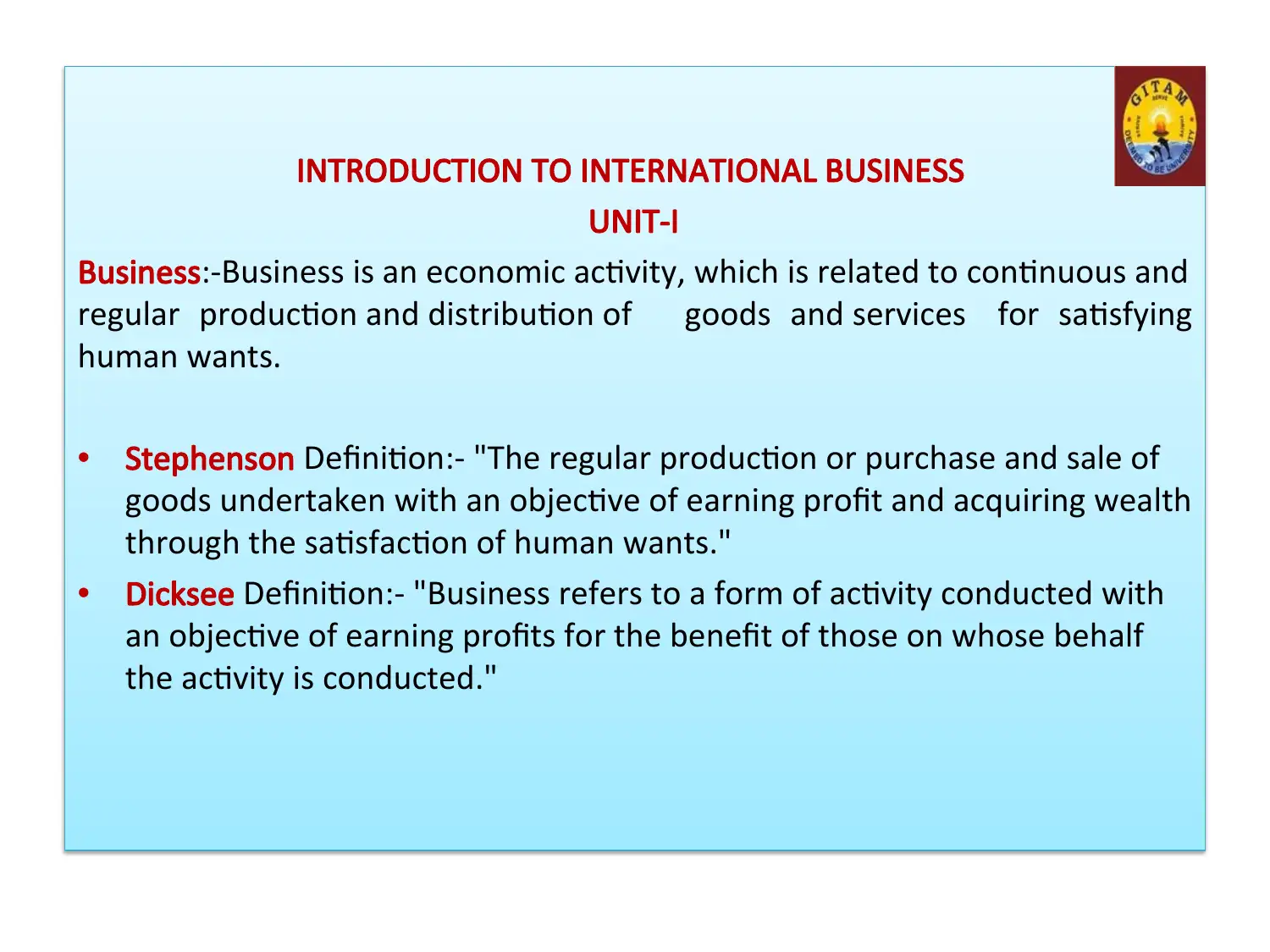
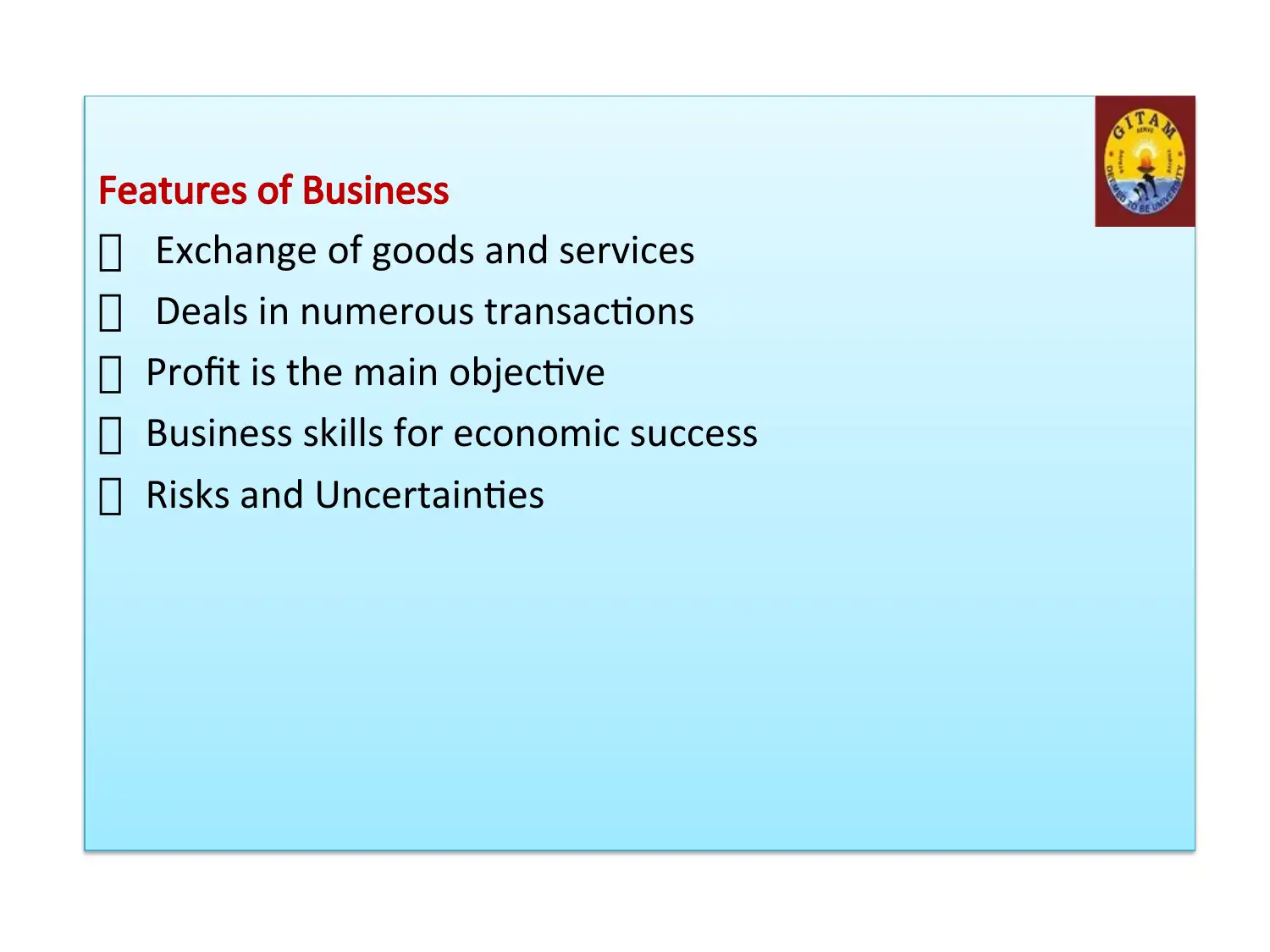
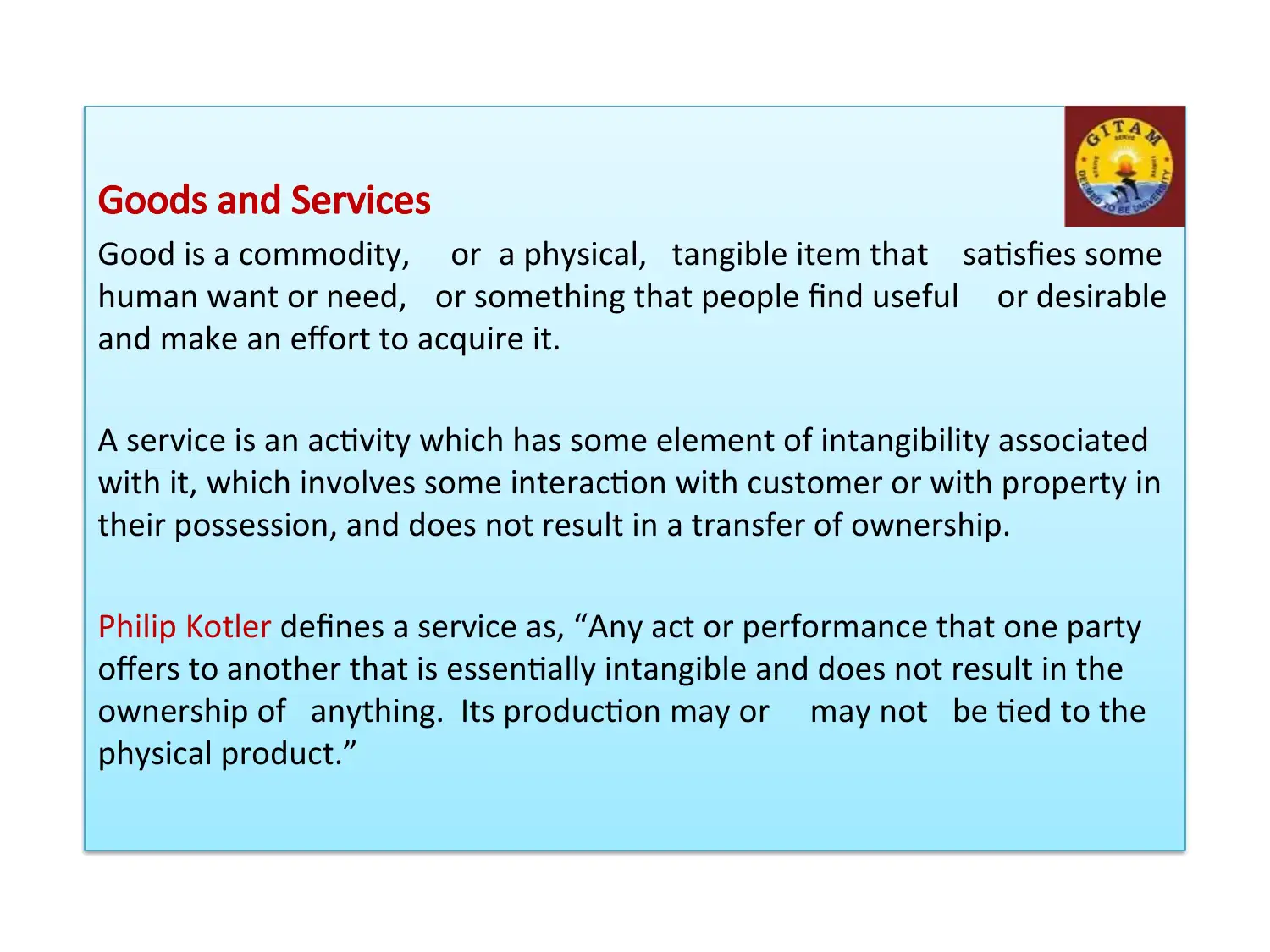

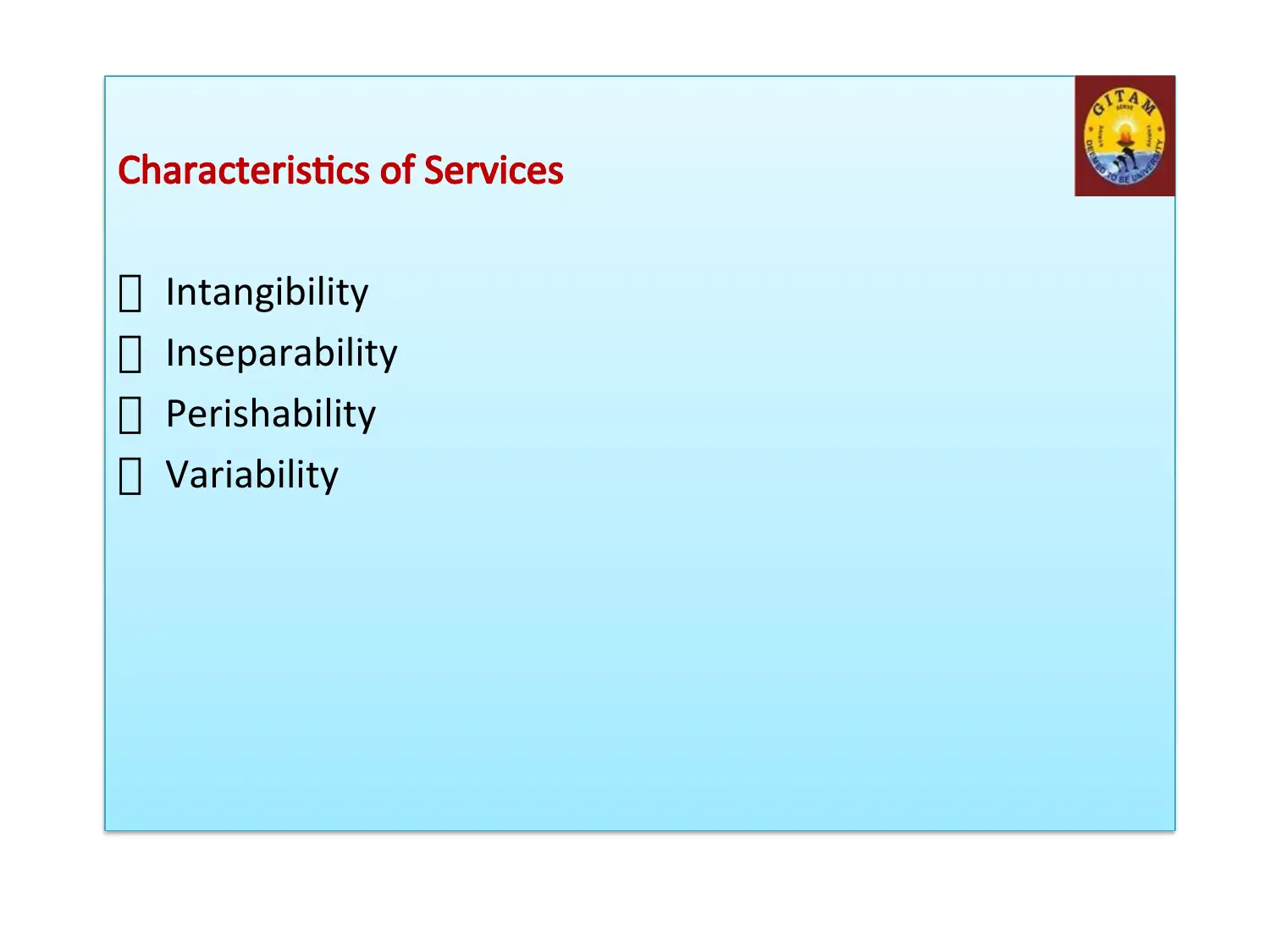
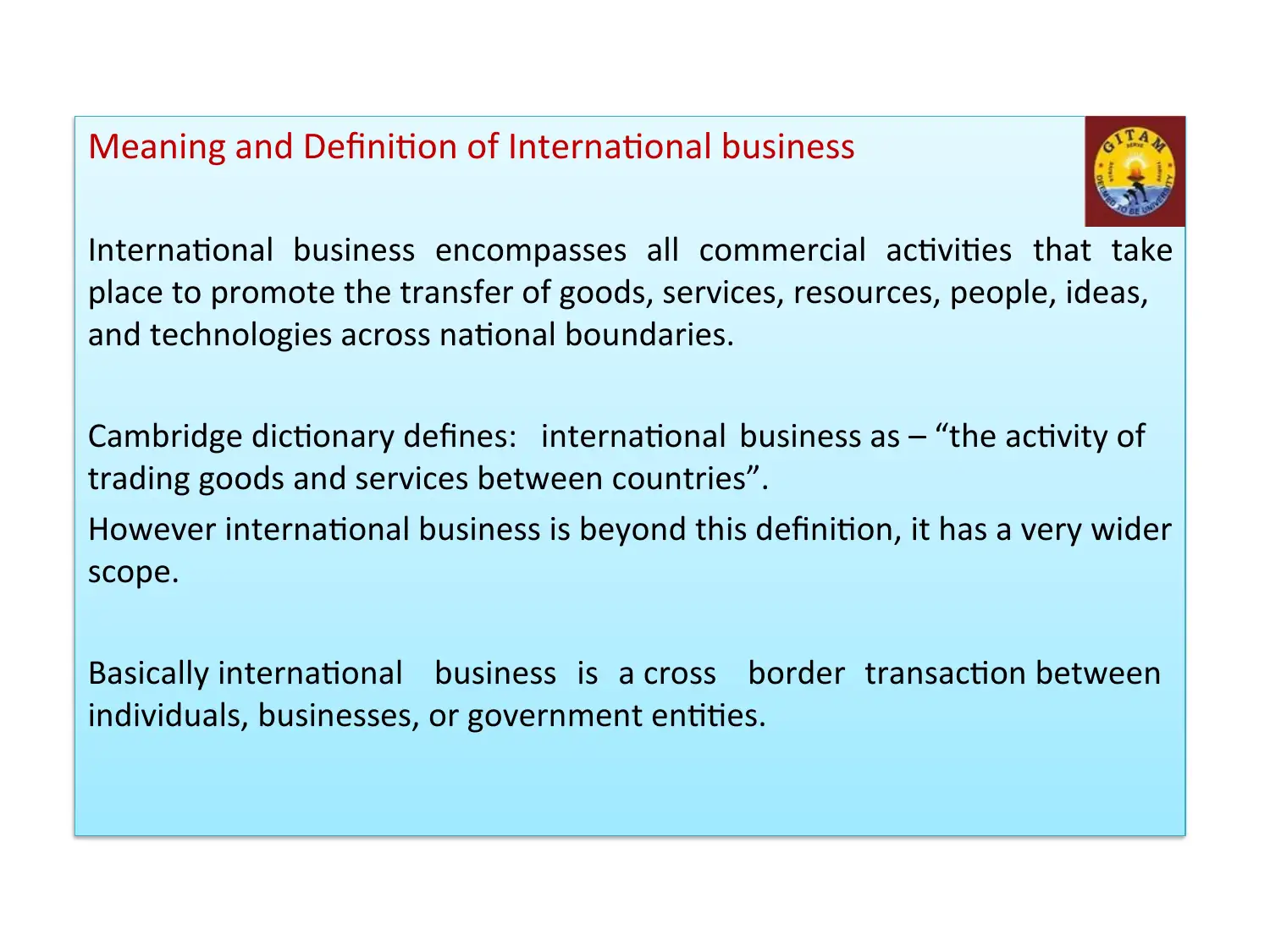
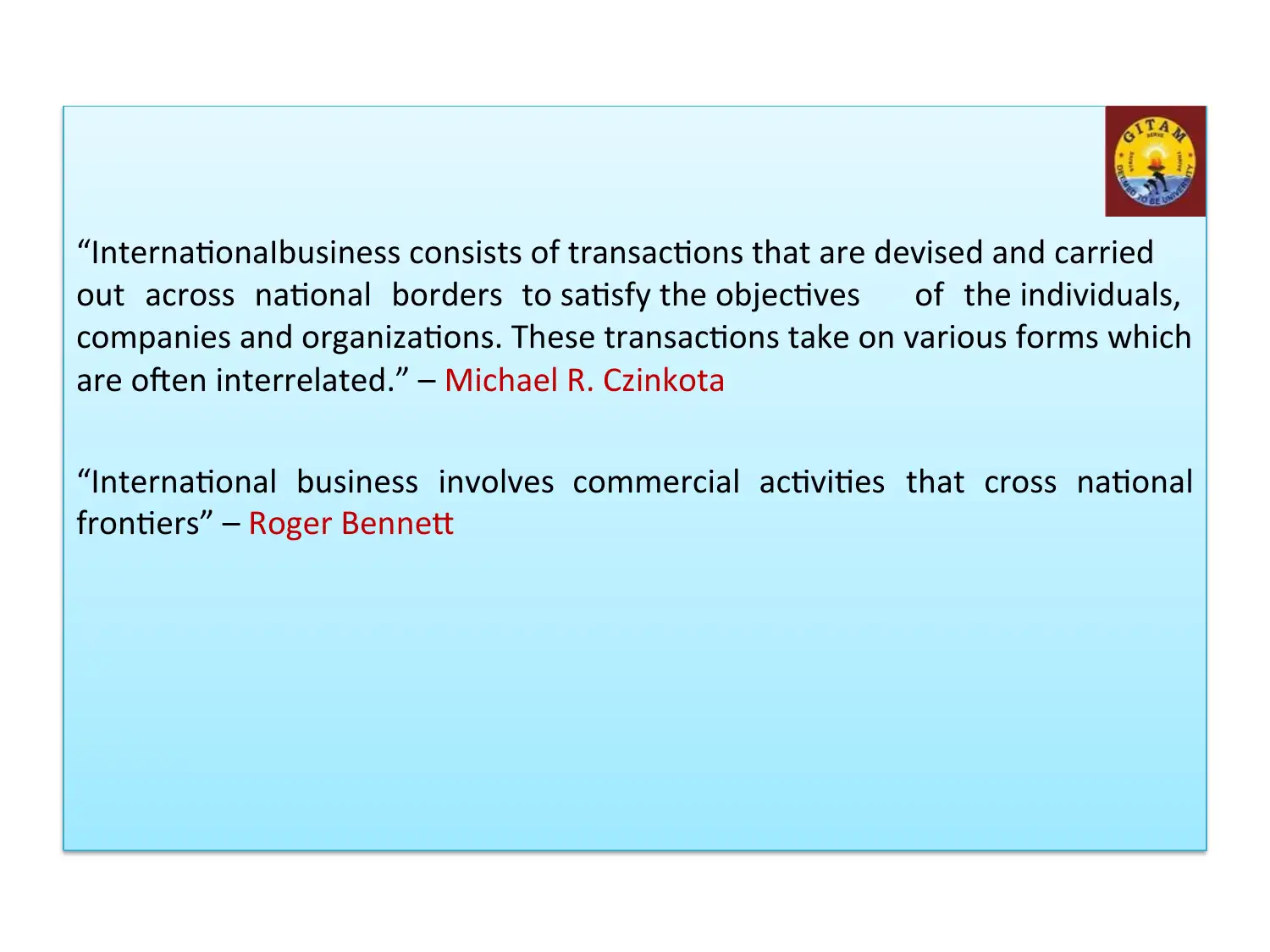
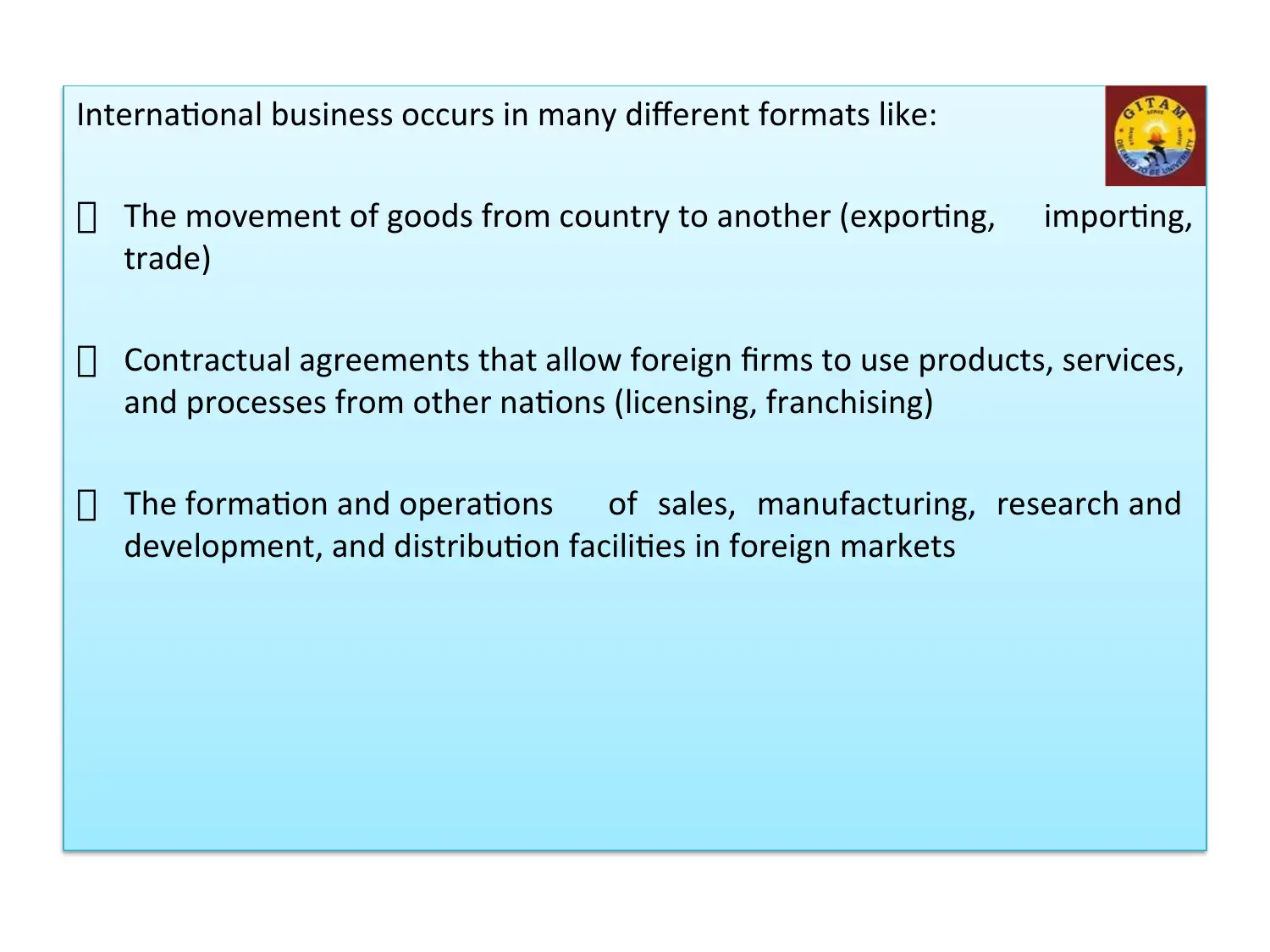
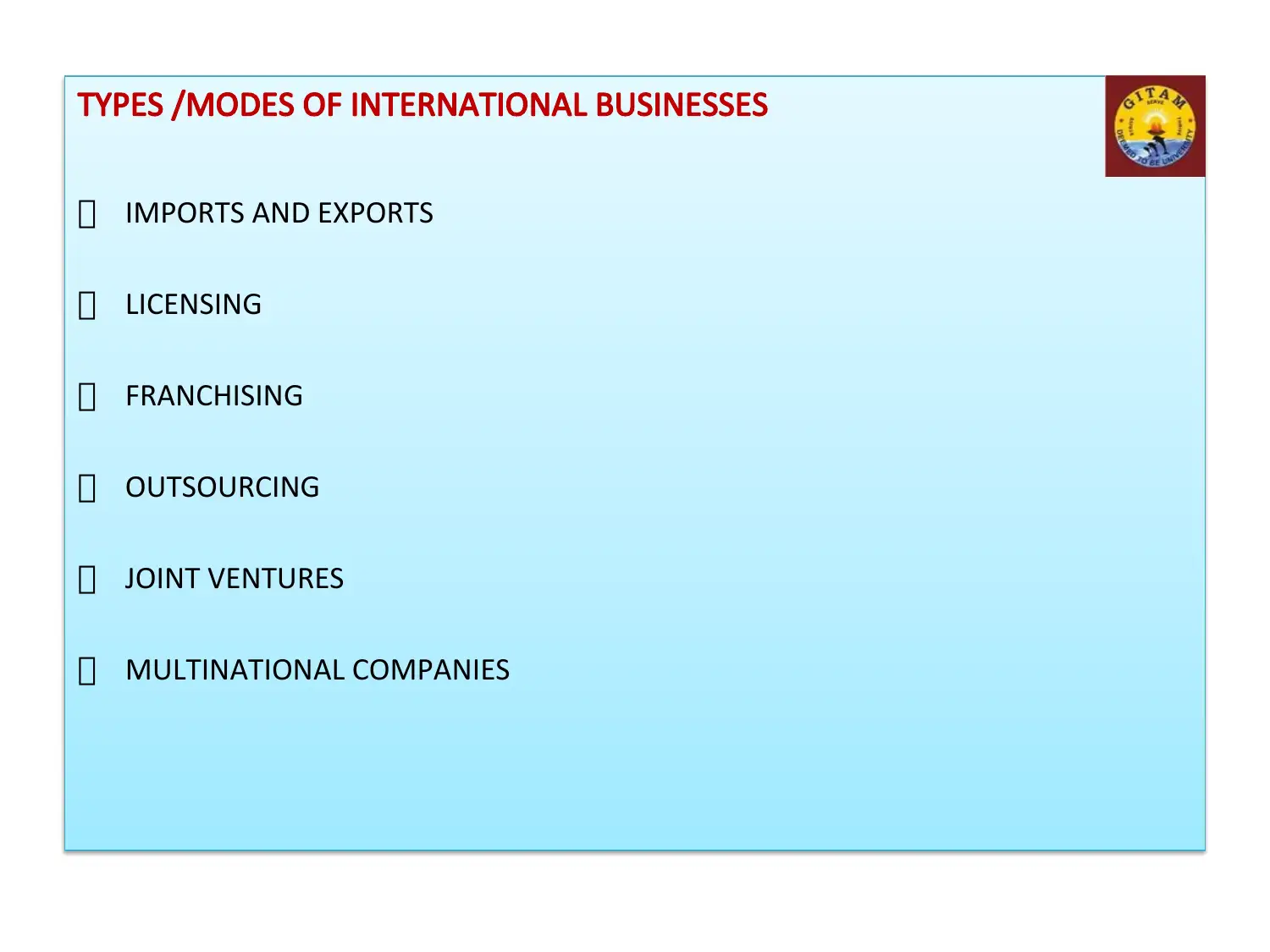
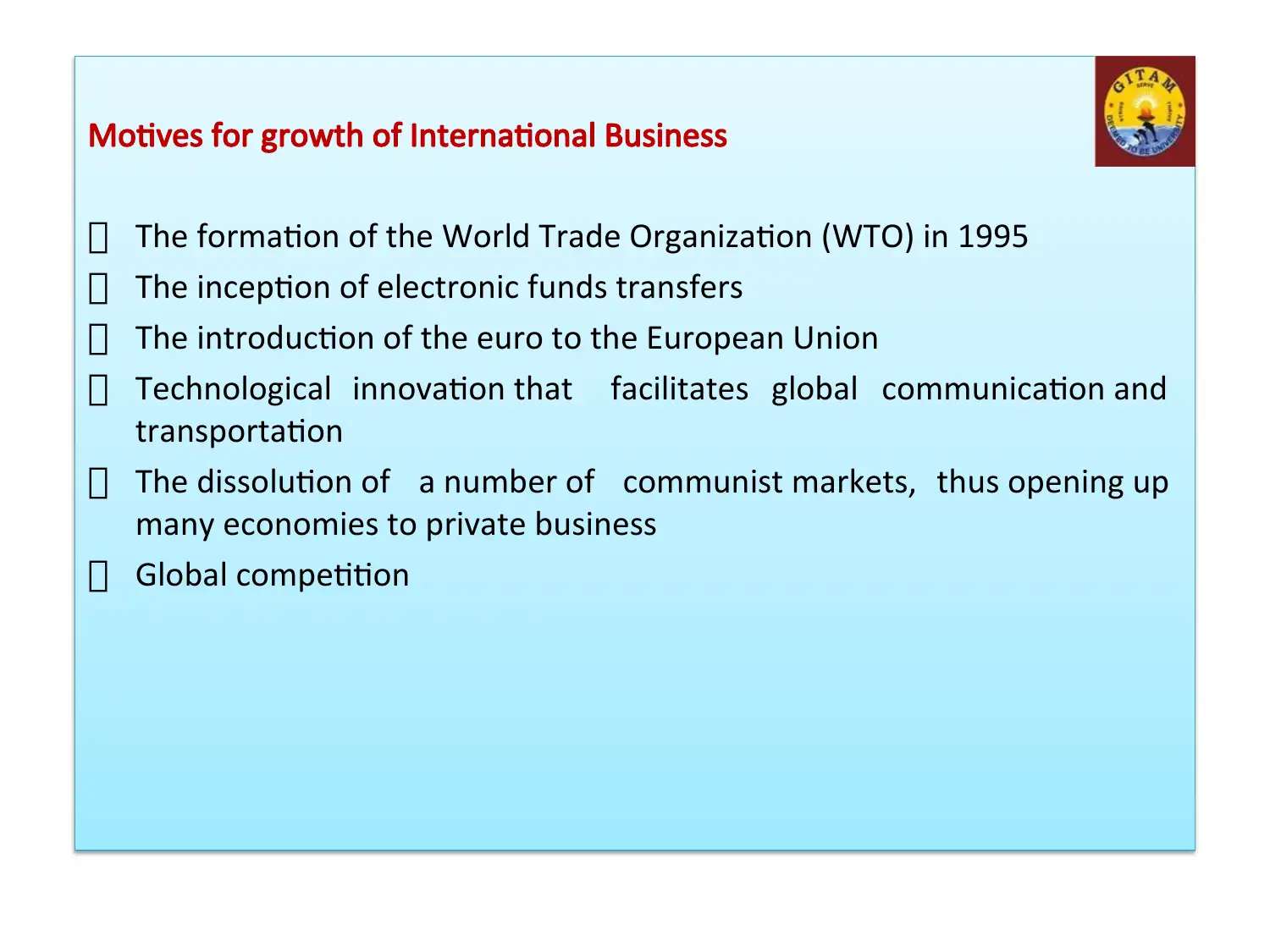
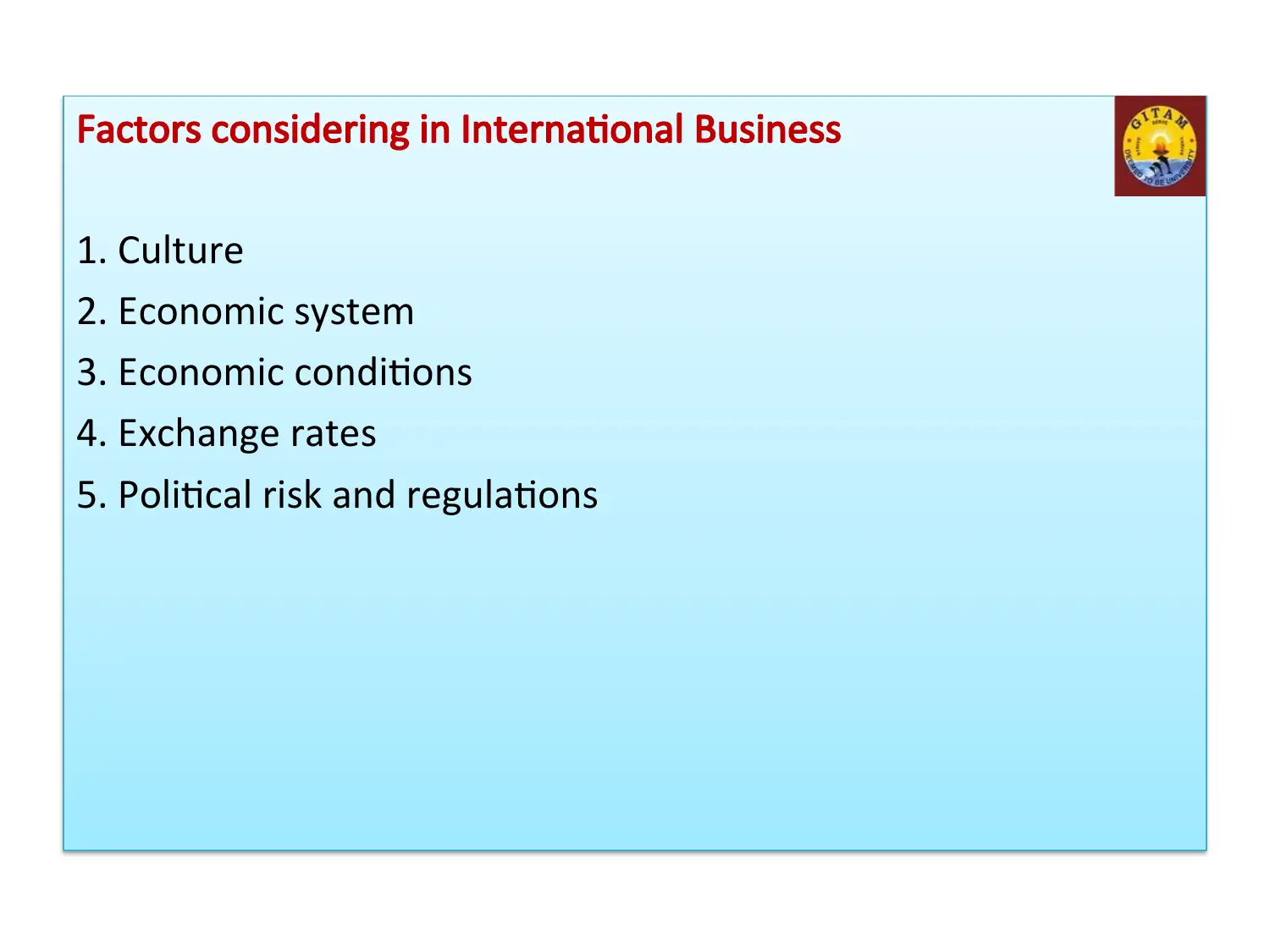
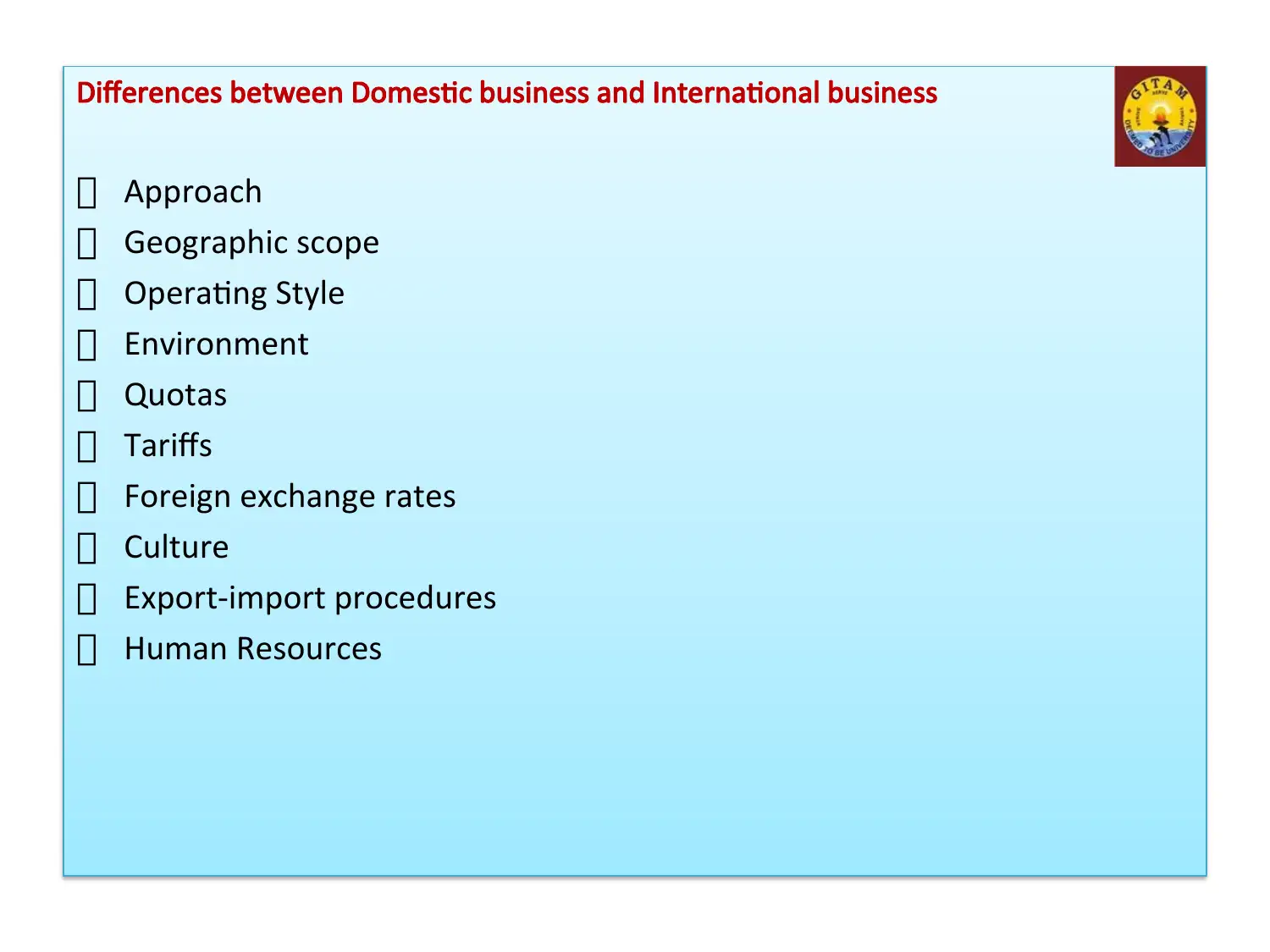
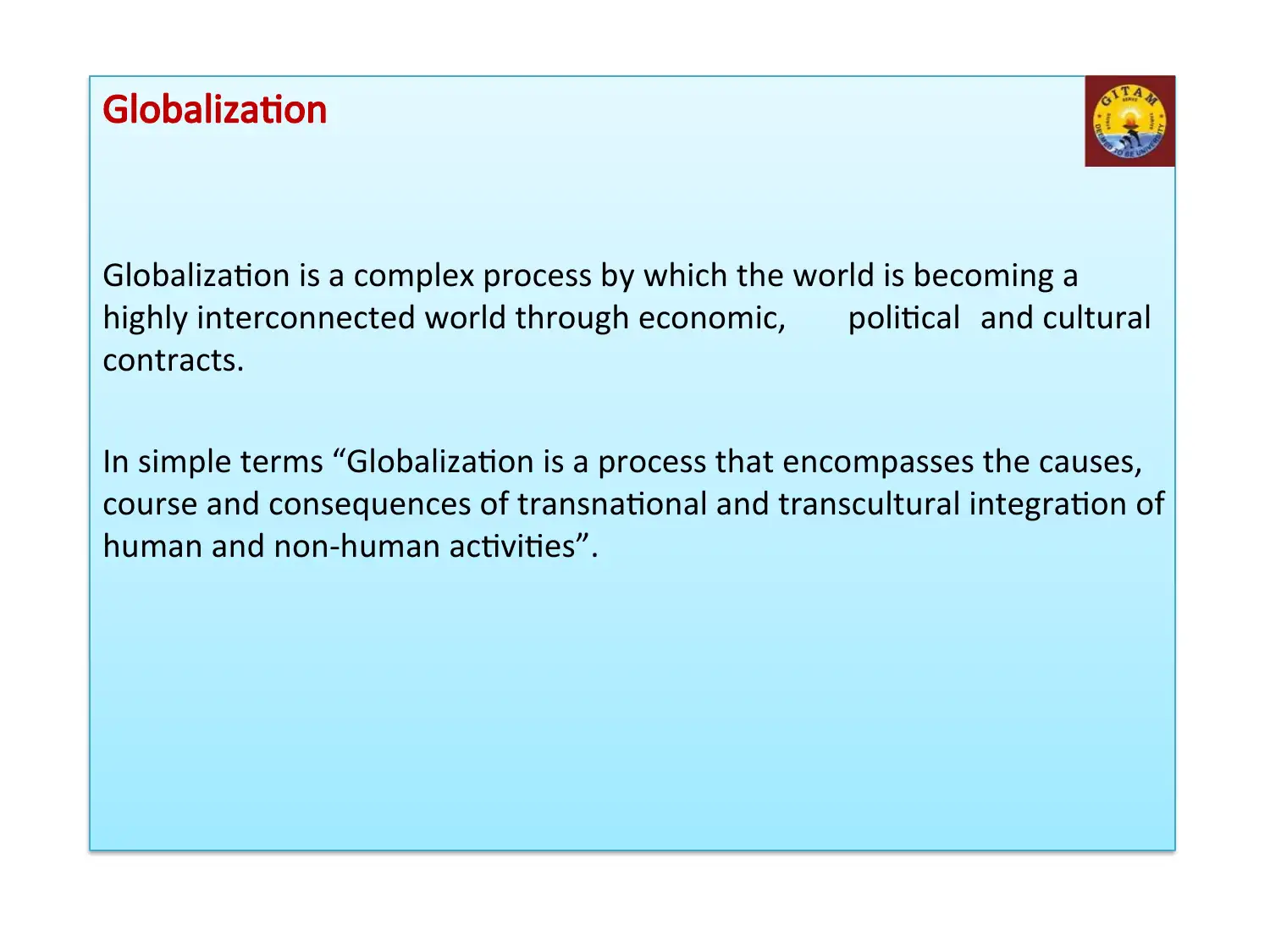






![[object Object]](/_next/static/media/star-bottom.7253800d.svg)